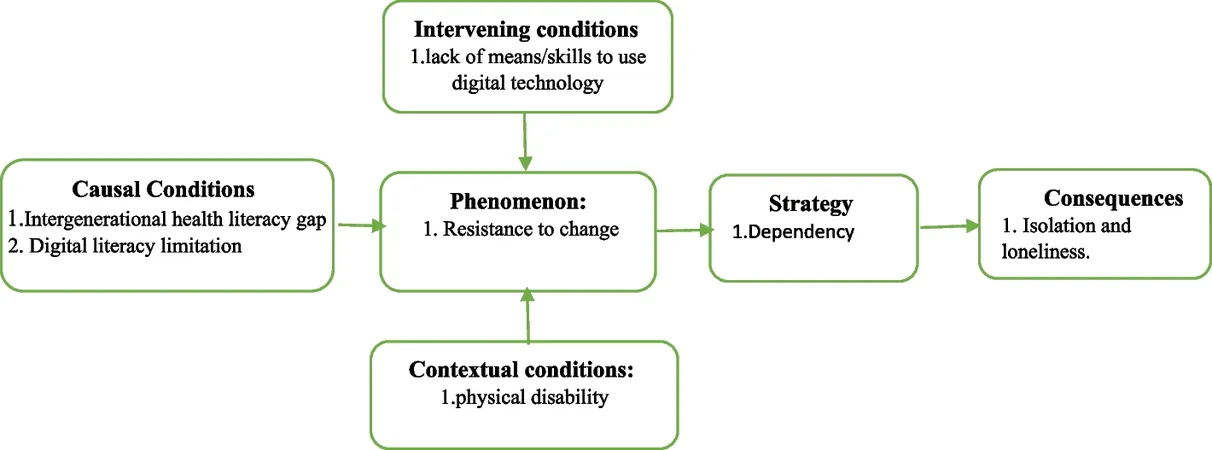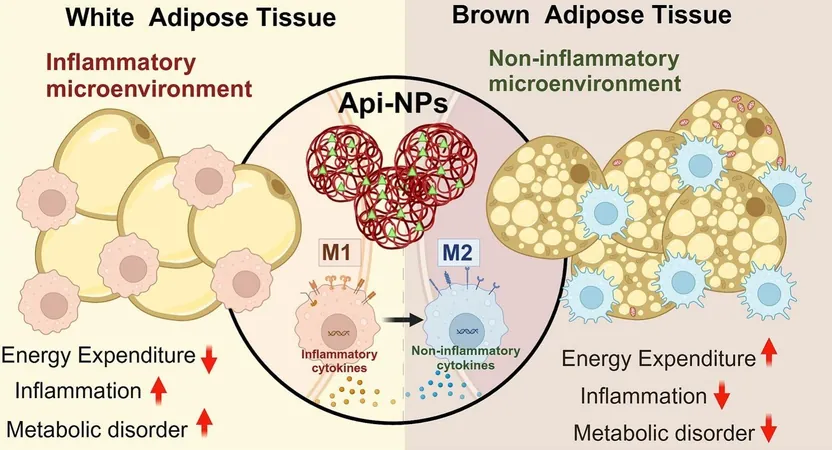
Bridging the Digital Divide: Tackling Health and Technology Literacy for Seniors in Isfahan
2025-04-11
Author: Siti
The global population is aging rapidly, with projections indicating that by 2050, 20% of people will be 65 and older. In Iran, approximately 6.1% of the population fits this demographic, posing significant challenges for health care systems. The rise in life expectancy and the increasing often complicated health care needs demand a heightened focus on health literacy, especially among older adults.
Digital health literacy is now more critical than ever, as it encompasses the ability to evaluate health information from electronic sources and effectively use that information to address health challenges. However, many older adults struggle to keep pace with rapidly evolving technology, resulting in significant barriers to accessing crucial health information.
Recent studies highlight a stark health literacy gap, with older adults often displaying lower literacy rates compared to younger generations. In Iran, around 36% of this age group struggles with basic literacy skills. This deficit hinders their ability to utilize digital health technologies, exacerbating feelings of isolation and dependency while increasing health disparities.
The Struggles of Digital Engagement for Seniors
Research reveals that many older adults resist change and often exhibit skepticism towards new technologies. A qualitative study involving seniors in Isfahan identified key challenges such as isolation due to poor digital skills, intergenerational disparities in health literacy, and physical disabilities that make engagement with technology even harder.
Participants expressed feelings of helplessness stemming from their inability to navigate health-related digital tools. For instance, many preferred in-person consultations due to fears surrounding online transactions and misinformation. This resistance underscores a broader issue: without adequate support, older adults risk falling further behind in a digital age that demands tech-savvy health management.
The Core of the Issue: Seniors on the Digital Literacy Margin
This study's pivotal finding is that older adults are often left at the margins of digital health literacy. This not only affects their ability to care for their health but also contributes to feelings of loneliness and dependency on others. With the aging population projected to grow significantly, it's crucial to equip seniors with the skills necessary for effective health management.
Empowering Seniors: Solutions for a Healthier Future
To confront these challenges, a multi-faceted approach is essential. Initiatives should focus on providing tailored digital literacy training that accommodates the learning styles and paces of older adults. Accessibility must be prioritized in technology design, ensuring user-friendly interfaces that encourage engagement.
Creating local community networks can foster social interaction and support, empowering seniors to share experiences and enhance their ability to utilize digital health technologies. Additionally, reliable hotlines can offer the necessary guidance and assistance, enabling seniors to navigate health services with greater confidence.
By bridging the digital divide, we can not only improve the quality of life for older adults but also reduce healthcare costs in the long run. As society embraces technological advances, we must ensure that no one is left behind, particularly our aging population desperate for connection and care.


 Brasil (PT)
Brasil (PT)
 Canada (EN)
Canada (EN)
 Chile (ES)
Chile (ES)
 Česko (CS)
Česko (CS)
 대한민국 (KO)
대한민국 (KO)
 España (ES)
España (ES)
 France (FR)
France (FR)
 Hong Kong (EN)
Hong Kong (EN)
 Italia (IT)
Italia (IT)
 日本 (JA)
日本 (JA)
 Magyarország (HU)
Magyarország (HU)
 Norge (NO)
Norge (NO)
 Polska (PL)
Polska (PL)
 Schweiz (DE)
Schweiz (DE)
 Singapore (EN)
Singapore (EN)
 Sverige (SV)
Sverige (SV)
 Suomi (FI)
Suomi (FI)
 Türkiye (TR)
Türkiye (TR)
 الإمارات العربية المتحدة (AR)
الإمارات العربية المتحدة (AR)